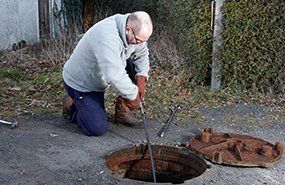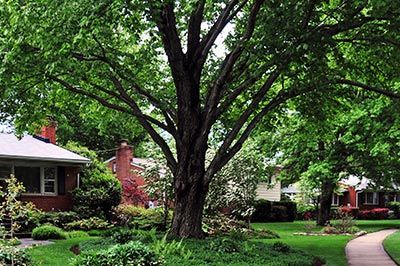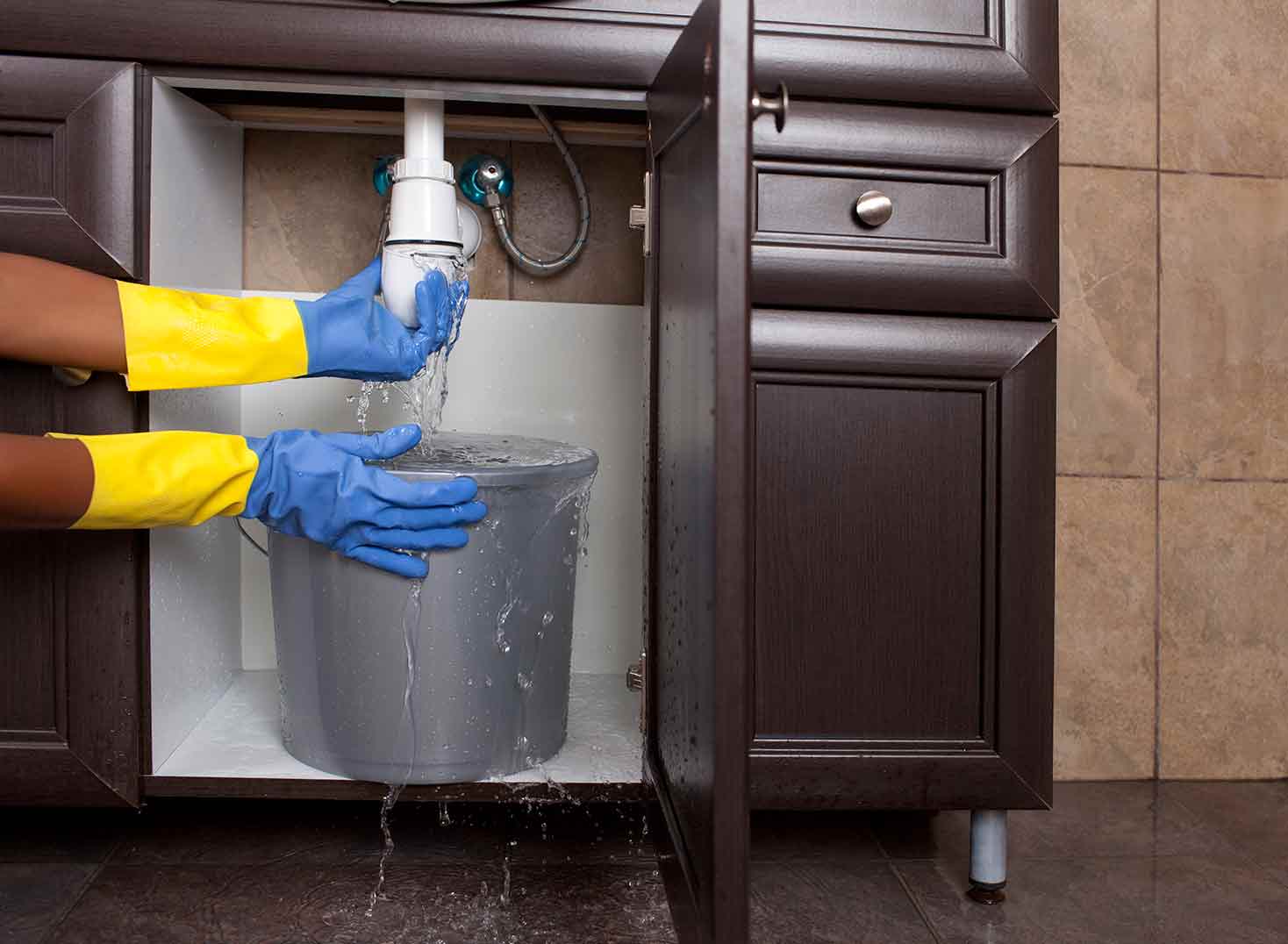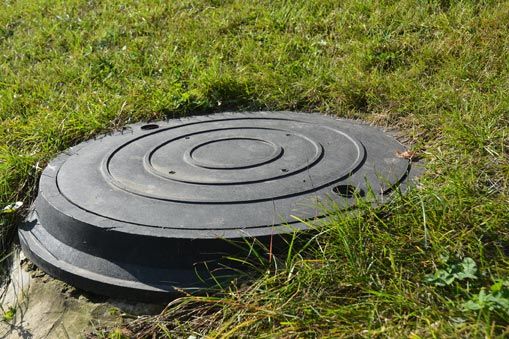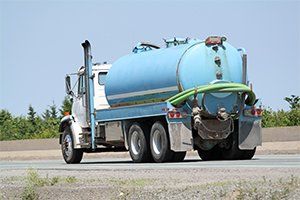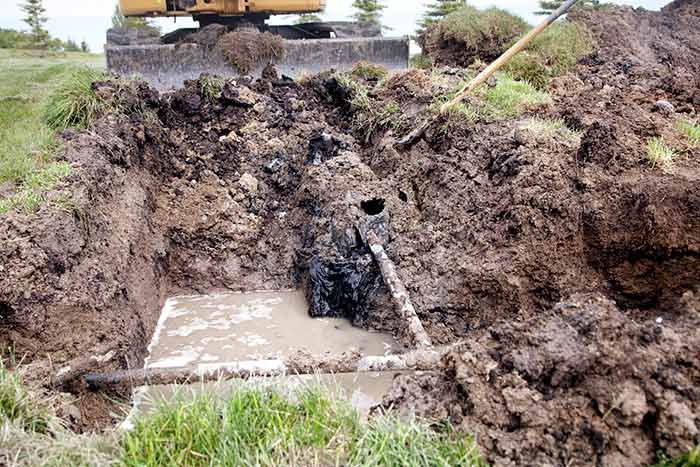
Septic leaks and other problems can be surprisingly hazardous and dangerous. You need to be aware of the different dangers that can go along with septic problems so you can help to prevent problems to protect your family from any associated risks.
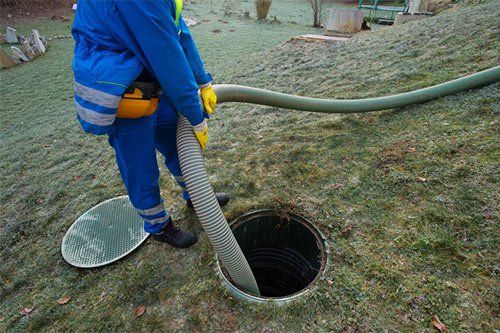
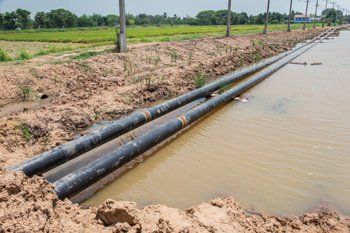
- Trees and shrubs, as well as other plants with deep, aggressive roots
- High-maintenance plants that will require lots of foot traffic to the area
- Edible plants; they could absorb contaminants (especially if there's ever a leak)
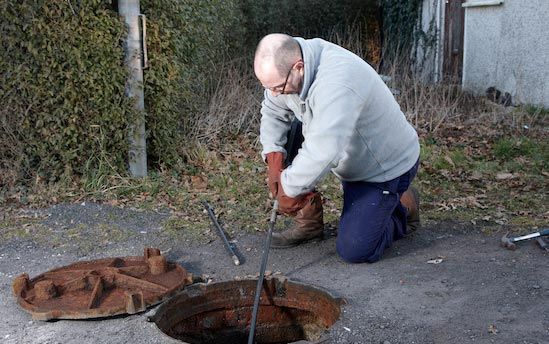

Conserving water is useful for a number of reasons — for example, it’s better for the environment — but it also prolongs the life of your septic system. Here's a look at why water conservation is helpful and what you can do to cut down the amount of water you use at home.
The waste in your septic tank separates into layers. The heavy solids fall to the bottom where they decompose and form sludge, while the light material such as fat and oil floats to the top and forms a scum layer. Wastewater is sandwiched between these two layers.
Waste enters one side of the tank and separates into layers, and then wastewater flows out the other side. Sludge and scum are trapped in the tank to be pumped out later. The rate at which water leaves the tank depends on how much water you flush down your drains.
If you use a lot of water, water flows through the tank and empties into the drainfield quicker. Ideally, wastewater has enough time to sit in the tank for solids and scum to separate before the water is pushed out. This protects the drainfield and tank from being clogged by bits of solids or clumps of grease.
How to Conserve Water and Protect Your Septic System
There are several ways to conserve water in your home, and some don't require any money at all. For instance, you can take shorter showers and turn off the water when you brush your teeth and between rinsing dishes. Limit running the dishwasher and clothes washer to times when you have full loads and avoid running multiple loads of wash one after the other.
Consider how your water use affects the septic tank. By being aware of your actions, you can space your water usage apart to allow time for the waste to separate in the tank. Other water conservation methods require investing in new plumbing supplies.
You can put aerators on your faucets and have low-flow shower heads installed in your bathrooms. These are relatively inexpensive ways to cut down on the amount of water you use without even trying. Another good way to reduce water use automatically is to buy high-efficiency appliances.
You can buy many types of appliances that are made to use less water, including toilets and washing machines. While it can be expensive to replace all your appliances at once, consider buying high-efficiency models when you're ready to upgrade. Other practices you'll want to avoid include draining a hot tub or swimming pool into a drain or over the drainfield.
Instead, drain all that excess water away from your septic system and house so it doesn't impact the tank or stress the field. Also, you'll want to repair plumbing leaks promptly. A leaky faucet or running toilet wastes a surprising amount of water over the course of the day, and it drains straight into your septic tank.
By allowing the wastewater to settle properly, the septic system can work as it is designed. Proper settling is the first step in the treatment of waste that leaves your home. It's necessary so the drainfield can do its important job of filtering the water as it seeps through the soil.
Conserving water helps your system work better, and it helps you avoid unnecessary septic system repairs. Call C.E. Taylor and Son, Inc., when your septic tank needs attention. We can clean, repair, or replace the tank or drainfield as needed to get your system back in shape.
